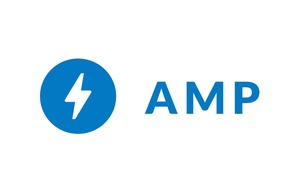What Is AMP and How Can It Help My Healthcare Brand?

Experts explain Google’s Accelerated Mobile Page (AMP) Project and how healthcare marketers can use it in their mobile content strategy.
// By Melanie Graham //
When it comes to webpage content, a mobile-first mindset is crucial. As of January 2017, some 77 percent of Americans owned a smartphone, and roughly 1 in 10 of those users relied on smartphones to access the internet.
With this growing user base in mind, Google created the Accelerated Mobile Page Project (AMP) in 2016. The open-sourced project aims to improve the content experience for mobile users by creating pages that load almost instantly (regular mobile pages typically take 7-10 seconds to load).

David Sturtz, digital strategy director at Geonetric
“AMP pages are ‘lightweight’ web pages that are built using stripped-down code called AMP HTML,” says David Sturtz, digital strategy director at Geonetric, a web development and creative services agency specializing in healthcare.
The modified AMP code helps search engines fetch the information and render it quickly — sometimes even before the user clicks the link. In addition to fast loading, the information from AMP pages can be cached, which also helps speed up loading times. What does this mean for marketers? Put simply, implementing AMP into mobile content can translate into increased brand favorability and more click-throughs.
We decided to chat with a few experts from Geonetric and Media Logic to hear more about the AMP project and how healthcare marketers can work it into their web content strategy.
This content is only available to members.
Please log in.
Not a member yet?
Start a free 7-day trial membership to get instant access.
Log in below to access this content:

